Edificio Konrad Adenauer
Piazza d'Europa.........................................
Yet here, where eternity dwells,
There's only candid light, shine,
Where the soul opens like a wing.
Here day and night are no more,
No voice sounds.
And it is love.
R. Tagore
UMBELICUS MUNDI
Sicily’s south: the Val di Noto, Vincenzo Medica’s habitat, has been offering itself to visitors for centuries.
Vincenzo is born in 1971 in Catania, in the shadow of Mt. Etna. He is raised in Noto, former capital of the south-eastern part of Sicily still bearing its name, Val di Noto.
The city is known – and today also sold – as the capital of Sicilian baroque. Here, the baroque is not only an ostentatious architectonical style: after three centuries, it’s still shaping the twenty-thousand citizens’ minds and actions. The inhabitants of Noto spend entire evenings strolling in the shadow of an ensemble showing off the typical magniloquence of the former Spanish Empire. It’s the navel of their world. But Vincenzo, after graduating in architecture, decides (needs?) to look over the boundaries of the baroque buildings and to explore the territory surrounding his town. In the last ten years Vincenzo Medica has been working as graphic artist and designer. He founds his town’s first art gallery, “Studio Barnum”, organizes hundreds of art events, works shoulder to shoulder with Sicily’s most important artists and many more from other countries.The natural reserve of Vendicari is the real inspiration of Vincenzo’s art – locus amenus, pleasant place. One of the few spots where we can still see how the Sicilian coast once looked like. A small, wild world – beholded with love by the great mother, the Mediterranean. The artist chooses it as the reserve of his soul and spirit. Until a few decades ago, the landscape is cut in two by a railroad. Now, the abandoned rails merged with the countryside and its vegetation. Stations grow out of nowhere: the railroad was built to bring the crops from this fields to the towns. Vincenzo knows these places: they are the homestead of his soul. Every spot holds a memory, of dark and bright moments of his life. And the man behind the objective captures the memories of his life where they merge with the story of his country: a tormented land, hurt by man, yet always permeated by an invincible beauty. Black earth. Strong colours. Extremes, good or bad. Thunderstorms are where Vincenzo’s and Sicily’s souls meet. The energy released by the contact of earth, water and sky. The quietness sheeting everything after the atmospherical embrace. Climatic violence becoming chromatic hyperbole. Now the film in the camera absorbs everything, is impregnated by the earth soaked by unbearable disquiet. Vincenzo goes on his recognitions after storms. From these trips emerge his works, loaded with gloomy melancholy. Dreaming of dark beauty. Shiny nightmares. A narrative journey, telling the story of the energies scattered across the land. But is it Vincenzo Medica to converse with us through the pictures of his Locus Amenus, or are the places of his Val di Noto cleverly using him to communicate us their essence? The Spoken and the Unspoken – the eternal Sicilianitude bans us from seeing their real borderline.
Antonio Presti
President Project “Fiumara d’Arte”
ABSENCE AND PRESENCE
““Of all our relationships with
nature… the one established
in the landscape… is an aesthetic
delight and an endless vital feeling…”
R. Assunto, Landscape and Aesthetics
Vincenzo Medica’s “Locus Amoenus” reveals fragments of this Sicilian artist’s thinking, way of looking at the landscape as a part of the soul, vital source of his naturalness and endless solitude.
A place, the Val di Noto, in Europe’s southernmost tip, where everything lives in an seemingly universal privateness, where every visual trace of Medica’s remembers a plot of that absent-present “genius loci”, places of a propulsivo desert between sky and sea.
Images showing tombstone-shaped fragments and glances on architecture interacting with their outlived past, amidst a nature becoming silent expextaction and intimate reflection. Wooden paths, in the middle of a natural reserve, ways far away from civilization, old railways, in a silent human journey through the private harmony of a mediterranean creation.
Polychromies of colours and reflections, in this pictures - shot by this fine artist after thunderstorms – from the wild vegetation to the lonely mirroring waters and towering architecture, sentinels of a mythological past.
“Locus Amoenus” is certainly the dialog between urban environment (the magnificient Noto) and that intimate grandeur of the natural landscape, long sandy prospects arguing against monuments from the 18th century, a narrative introspection of the artist, who scans the still uncontaminated landscape of his birth place, the grandeur of its universal vision.
Michele Romano
University of Catania
A SET IN VAL DI NOTO
There are many ways to depict Sicily: the first one coming into our mind is the one based on history and culture, telling stories about the architecture, the people, the food and wine.
Yet there is a different point of view, everything but secondary, and Vincenzo Medica shows us how he truely masters it in the works of his collection LOCUS AMOENUS. Glances on our territory, on the places built from the interaction between nature and man.
From his works we get an image of the Val di Noto, already known for its baroque architecture: a huge natural stage, unbelievably diversified and so rich of evocative atmospheres: pleasant places, open spaces, wild mountains, time capsules from past eras, the beaches and cliffs that join the land and our crystal clear sea. In the history of cinema a large number of directors chose our territory as the set of their films; and the same can be said about many photographers and artists working in fashion and advertising. A scenografy that is always able to astonish with its great visual impact; and a great source of inspiration.
I am thankful to Vincenzo Medica for bringing his views on our small world to the centre of Europe. At the same time I wish that you, dear visitor, could be inspired by his art to come and see with your own eyes our extraordinary land and maybe even our town, part of the Unesco World Heritage List. We would be very proud to welcome you.
Corrado Valvo
Mayor of Noto

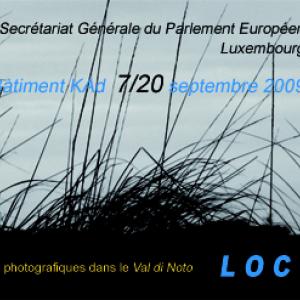
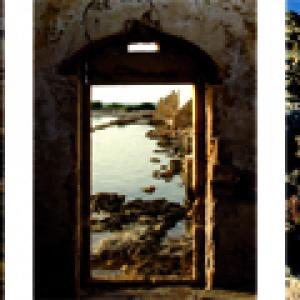
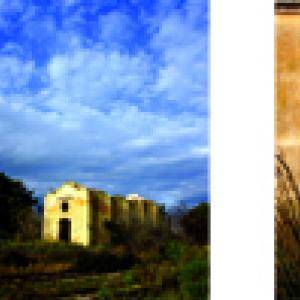
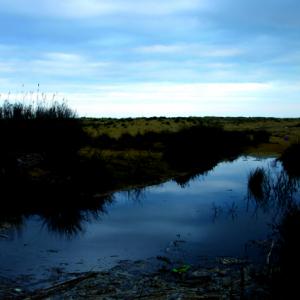
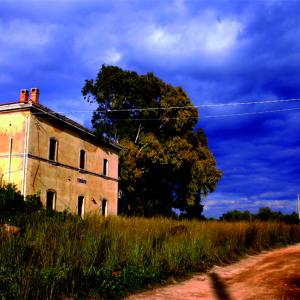
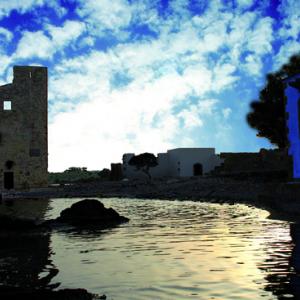






Comments 0
Say something